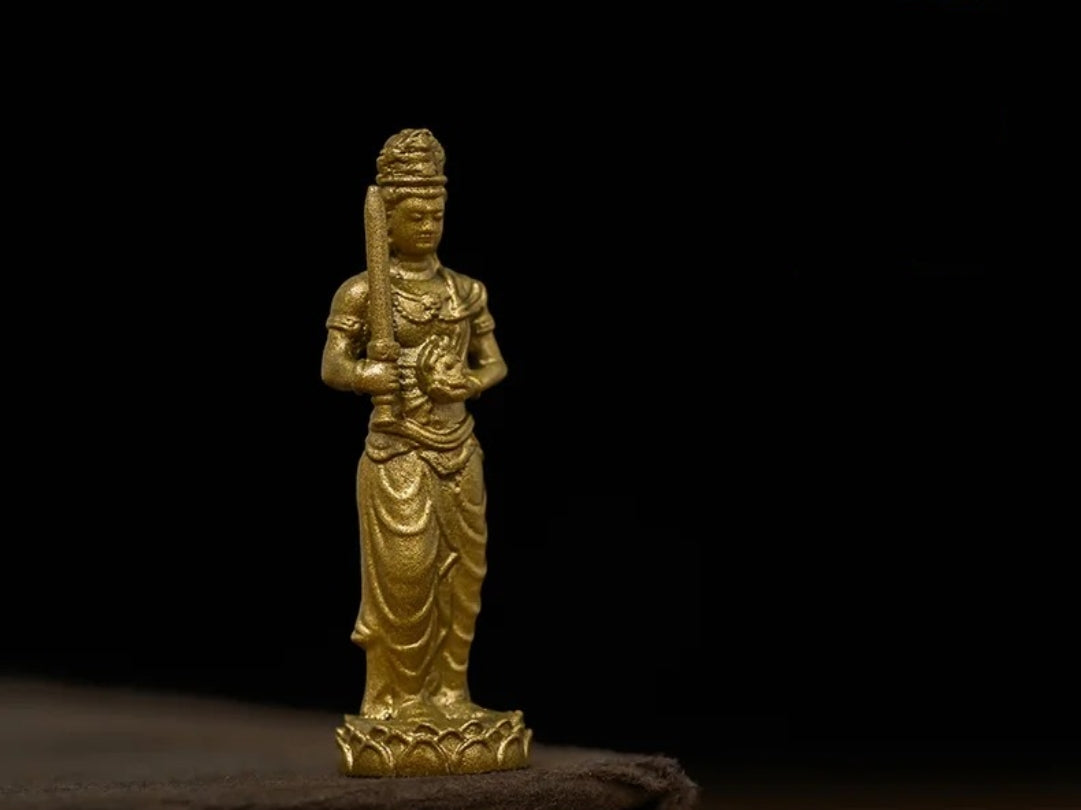The holiday season invites us to give differently — less impulse, more meaning. For people who appreciate craft, culture, and quiet devotion, Tibetan-inspired jewelry makes a thoughtful choice: pieces that carry stories, iconography, and practical uses for daily mindfulness. Below is a gentle, culturally aware seasonal guide with three price tiers, wrapping and gifting etiquette, and short dedication-card lines you can include with each present.
Why choose Tibetan-inspired jewelry this season
Tibetan pendants and gawu shrine boxes are more than accessories. They are portable reminders of compassion, protection, and intention — suitable for someone who wants a mindful object rather than a trend-driven item. Choosing ethically made pieces helps support artisans and preserves living traditions, which makes these gifts especially appropriate for Black Friday and Christmas gift lists that favor substance over volume.
Three price tiers — what to pick and why
Tier 1 — Under $50: Copper & painted Thangka pendants (entry-level meaning)
Why this tier: Affordable, visually rich, and ideal for someone curious about Tibetan art without a large investment. A hand-painted Thangka set inside a copper gawu-style pendant carries color, iconography, and portable devotion.
What it signals: curiosity, cultural appreciation, and an introduction to devotional imagery.
Care note: hand-painted surfaces are delicate — avoid water and direct sunlight.
Gift-line example: “A little shrine for your pocket — may this small image bring calm and curiosity.”
Tier 2 — Under $100: Brass amulet-style pendants (everyday talismans)
Why this tier: Brass amulets with Amitabha or other simple figures feel substantial and durable. They work well for daily wear and practical protection without being ornate. Brass also weathers gracefully and develops a warm patina that many people find characterful.
What it signals: steady care, everyday protection, and a wish for emotional comfort.
Care note: brass polishes easily; wipe gently with a soft cloth. If the piece is consecrated, follow any care guidance given by the maker.
Gift-line example: “For steady days and quiet strength — may this keep you centered.”
Tier 3 — $100 and up: Hand-carved silver gawu & sterling Buddha pendants (heirloom intent)
Why this tier: Silver pieces—especially hand-carved Buddha set in a gawu box—are crafted for longevity. They can feel like heirlooms: tactile, devotional, and suitable for serious practice or daily grounding.
What it signals: deep regard and a gift meant to accompany life’s changes.
Care note: sterling (S925) needs gentle polishing and careful storage; gawu boxes should be kept dry and handled respectfully.
Gift-line example: “For protection and compassion on every path — wear this with a mindful heart.”
Gift-wrapping etiquette (simple, respectful, and beautiful)
-
Clean, simple packaging: Use plain paper, fabric wraps, or an unadorned box rather than flashy foil. Natural tones (ivory, kraft, deep blue) feel fitting.
-
Include a care note: A 1–2 line instruction (e.g., “Keep painted faces away from water and direct sun”) helps recipients treat the piece respectfully.
-
Add provenance: If the maker or region is known, include a short line (“hand-painted by Tibetan artisans”) — this honors the craft and makes the gift more meaningful.
-
Avoid gimmicks: Don’t use religious imagery as a novelty. Keep the presentation tasteful and reverent.
Dedication-card templates (short and sincere)
Use these on small cards tucked inside the package:
-
For study or focus: “May this remind you of clarity and calm in every test and task.”
-
For protection: “May you walk with steady feet and quiet courage.”
-
For healing or comfort: “A small companion for hard days — may it bring peace.”
-
For someone exploring practice: “A tiny shrine for your pockets and pockets of quiet.”
How to gift respectfully
-
Ask if the recipient welcomes sacred images. A simple, private question avoids imposing religious items on someone who may have different beliefs.
-
Share basic context. A one-sentence note about the deity or symbol (e.g., “Green Tara — a figure associated with compassion and swift help”) is helpful and respectful.
-
Encourage care and intention. Suggest a short, secular way to receive the gift — a breath, a quiet good wish, or a brief dedication.

Ethical sourcing — a quick checklist
-
Prefer named workshops or cooperatives when possible.
-
Ask whether paints, metals, and stones are ethically sourced.
-
Choose pieces that respect iconography and local practice rather than cheap knock-offs.
Final thought: gifts that invite practice, not pressure
Holiday gifting can move beyond consumption. A Tibetan-inspired pendant or gawu box gives a story and a small ritual — a way to pause, breathe, and remember what matters. Whether you’re shopping Black Friday spiritual gifts or selecting a Christmas meaningful gift, aim for provenance, care, and an intention that matches the meaning you hope to pass along.







